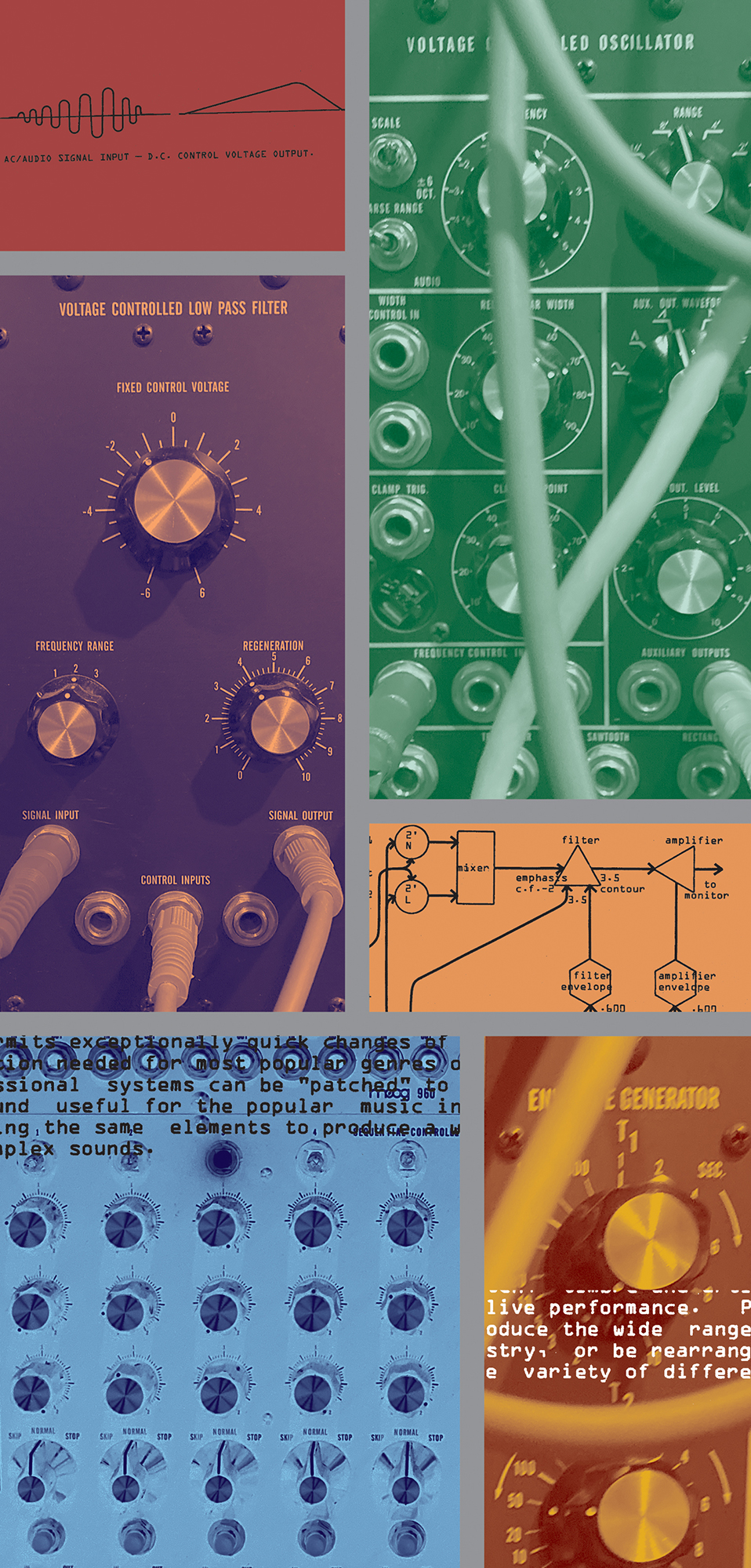Pearl Microphone Laboratory is one of the longest-running and oldest microphone manufacturers in the world. Their former production manager, Bernt Malmqvist, has been building quality microphones since 1954. It goes without saying that his expertise and experience is unparalleled. Recently, Pearl released a new large diaphragm tube condenser that represents the crowning achievement of Bernt's career prior to his retirement. The Pearl ELM-T Bernt Malmqvist Signature Edition tube microphone shares the same proprietary capsule design as Pearl’s other microphones in their ELM series. With its rectangular shape and a height-to-width ratio of 7:1, the capsule offers some unique advantages to the more traditional circular-shaped capsules found in most microphones. The large surface area of the capsule contributes to the mic’s impressive signal-to-noise ratio, a feature that is especially valuable in a tube microphone. Another feature of this distinct capsule design is its directionality and smooth off-axis response, which makes it an excellent tool when extra isolation is needed.
The ELM-T BM features a continuously variable polar pattern from cardioid, to omnidirectional, and figure-eight, making it quite versatile. The frequency response ranges from 20 Hz to 25 kHz with a max SPL of 126 dB. When I received the microphone for review, I was immediately struck by its visually interesting design. I could see the tall rectangular capsule through the grill. The microphone itself has a smaller body diameter than other tube microphones I’ve used, making it easy to place in tight spaces.
I immediately wanted to try the ELM-T BM with a live ensemble to test its directionality. I had a group of saxophone, clarinet, and cello players come into the studio, and set them up in the same room to play together live. I switched the polar pattern on the power supply to cardioid and placed the ELM-T BM on the cello. I immediately noticed the mic's robust low end response, which complemented the instrument very nicely. It captured the instrument’s warmth without sounding too boomy. The upper region sounded very smooth and pleasing as well. The bleed from other instruments in the room sounded natural and was quite useable in the mix, with no strange peaks or dips in frequency. Even from the side, the sax and clarinet sounded well-balanced. I could easily see myself using the ELM-T BM as a room mic because of how balanced everything sounded from all directions.
Next, I tried the ELM-T BM directly above the kick and snare on a drum kit. Even as a mono drum overhead, it captured a balanced picture of the entire kit. When I compared it to a Neumann U 67 tube mic in the same position, I noticed the ELM-T BM was much darker. It was tonally more like a ribbon microphone than expected, and the transients from the cymbals and snare were softer than with the U 67. I found myself wanting to boost the upper mids and highs in order bring out the brightness and sizzle of the cymbals and the attack of the snare. The ELM-T BM took EQ quite well. Even with the boost in the upper mids, nothing sounded overly harsh, but I definitely preferred the sound of the drum kit with EQ.
On the acoustic guitar, the ELM-T BM performed beautifully. It brought out the woody tone of the acoustic. It was full-bodied, yet detailed in the low end, which can be difficult to get right on acoustic guitar. Once again, it reminded me of a very nice ribbon microphone but with the added bonus of a very low noise floor, which was nice for the quieter fingerpicked parts. I flipped the mic into a figure-eight position and had the guitarist strum the acoustic while singing simultaneously. I was able to achieve a good amount of isolation for the guitar by pointing the null points of the mic toward the singer’s mouth. On vocals, the ELM-T BM wasn’t as open in the upper midrange and top end as the U 67. It was quite dark, and I found myself wanting to reach for the EQ again to bring out some extra brightness and air.
Overall, I thought the Pearl ELM-T BM was quite a unique mic, with its rectangular capsule design and warm tonal characteristics. I found it to be most pleasing on the cello and acoustic guitar, and while I didn’t get an opportunity to try it on other string instruments, I can imagine it would perform just as well. Its natural-sounding off-axis response was quite impressive, and I could see this mic being very useful when recording an ensemble or live orchestra. For a tube condenser, it’s a darker mic than I expected, but its richness in the lower midrange complemented certain instruments quite beautifully. I would definitely recommend the Pearl ELM-T BM if you’re looking for a clean and natural-sounding microphone that leans toward the warm end of the spectrum.




_disp_horizontal_bw.jpg)